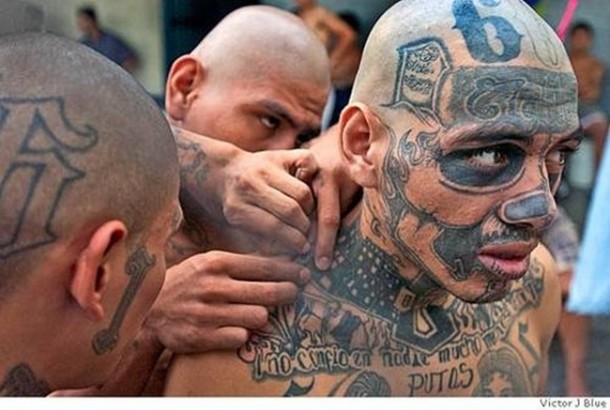The Street Art is a practice that has been gaining strength over the years. Currently, there are many people doing murals around the world. But the way they are viewed depends on the culture of the country and what they want to express with them. For example, in countries like Argentina, people admire the beauty and the monumentality of the murals. Cities like Buenos Aires has been transformed in opened galleries under the sky. But, in other parts like Honduras, artists have to hide their names because they fear for their lives.
However, all this practice converges on one point: it is a way of speaking without words. Regardless of the size and beauty, all the graffitis contain messages in opposition to a practice, a law, corruption, politics, inequality and so on, the reality and the problems of a place. Colombia, a country plagued by violence and corruption, uses this practice to communicate how difficult it is to live in a place like this, even though the murals are more accepted in some places than others. This acceptance, often depends on the beauty rather than the message.
It is not the same to see this:
Than this:
In the first image, because of the "aesthetic" we can understand the figure, but in the second image, we only see stripes and circles, and the wall looks dirty. That's why the first one is considered art and the second one vandalism.
Finally, we have to respect the different thoughts, ideologies and what graffiti artists want to express. However, they must also respect the visual harmony of the city, the organization and hierarchy of places, because it is disrespectful to scratch cultural heritage monuments and statues. The day that they know how to handle these aspects they won't be considered (for the citizens) like vandals.




